Ladybug’s Life Cycle and Why They Return Each Spring
They’re small, sweet, and considered to be lucky. However, the cuteness and luck quickly disappear when they are swarming your home and eating your plants. Ladybugs may choose to assemble in a ceiling corner, windowpane, flower garden, or behind a wall. It is important to understand how they got there. Though ladybugs’ life cycle stages may seem simple, they play a significant role in the bugs’ habitual return to your homes.
The 4 Stages of The Ladybug Life Cycle
Stage One: Egg
Ladybugs begin, like most insects, as an egg. The mother will typically lay the eggs underneath a leaf for protection and will lay as many as 300 eggs at one time. They are pale yellow and small in size. Within 3-5 days they hatch into the larva. The sterile or unhatched eggs then act as food for the already-hatched larvae.
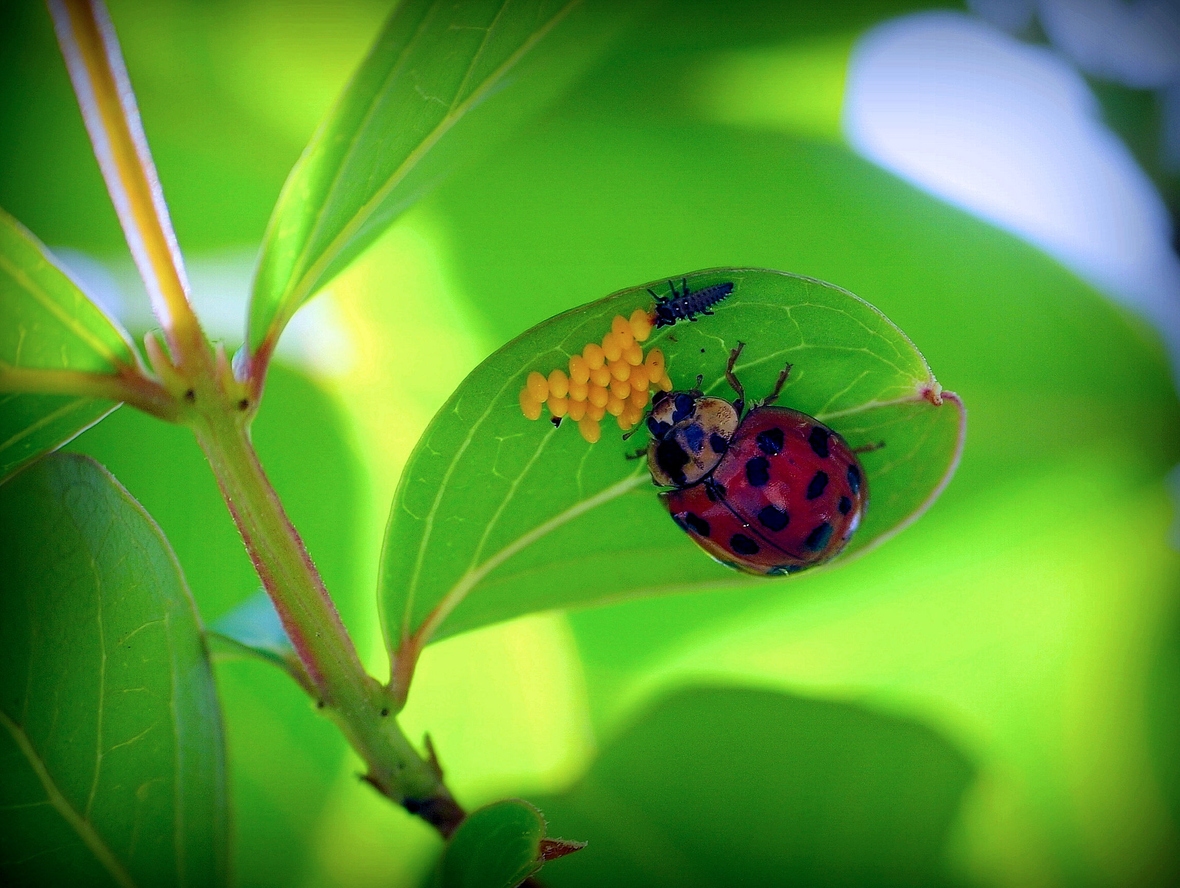
Stage Two: Larva
Once hatched, these long six-legged ladybug larvae continue to grow for about 3 weeks, eating on aphids, commonly known as greenflies. They resemble a caterpillar in appearance and grow up to one centimeter long. Like a caterpillar, they molt several times before forming a casing around their body. This casing is called the pupa.
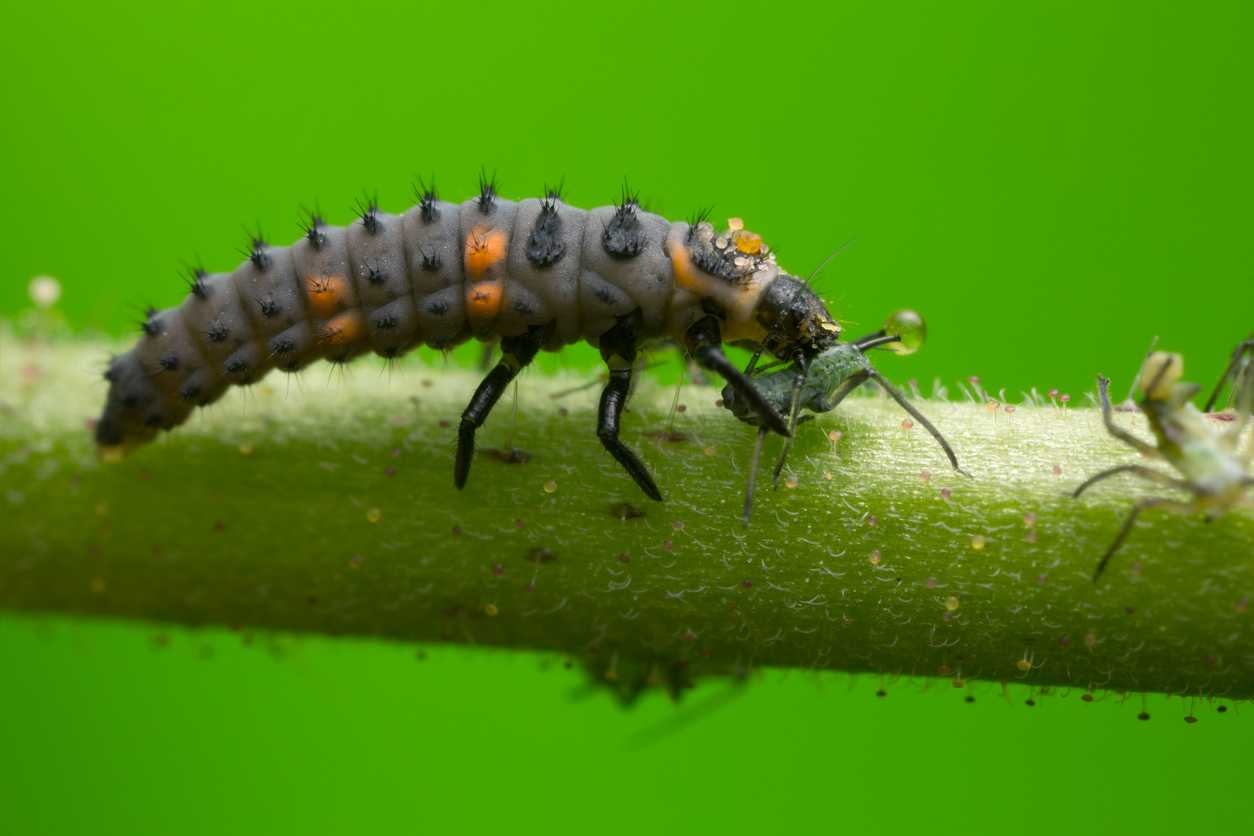
Stage Three: Pupa
The ladybug larva must attach itself to a twig or a leaf to pupate. If threatened by predators, some species can use pincers for protection. The larva develops for 8 to 9 days before hatching into a young ladybug.
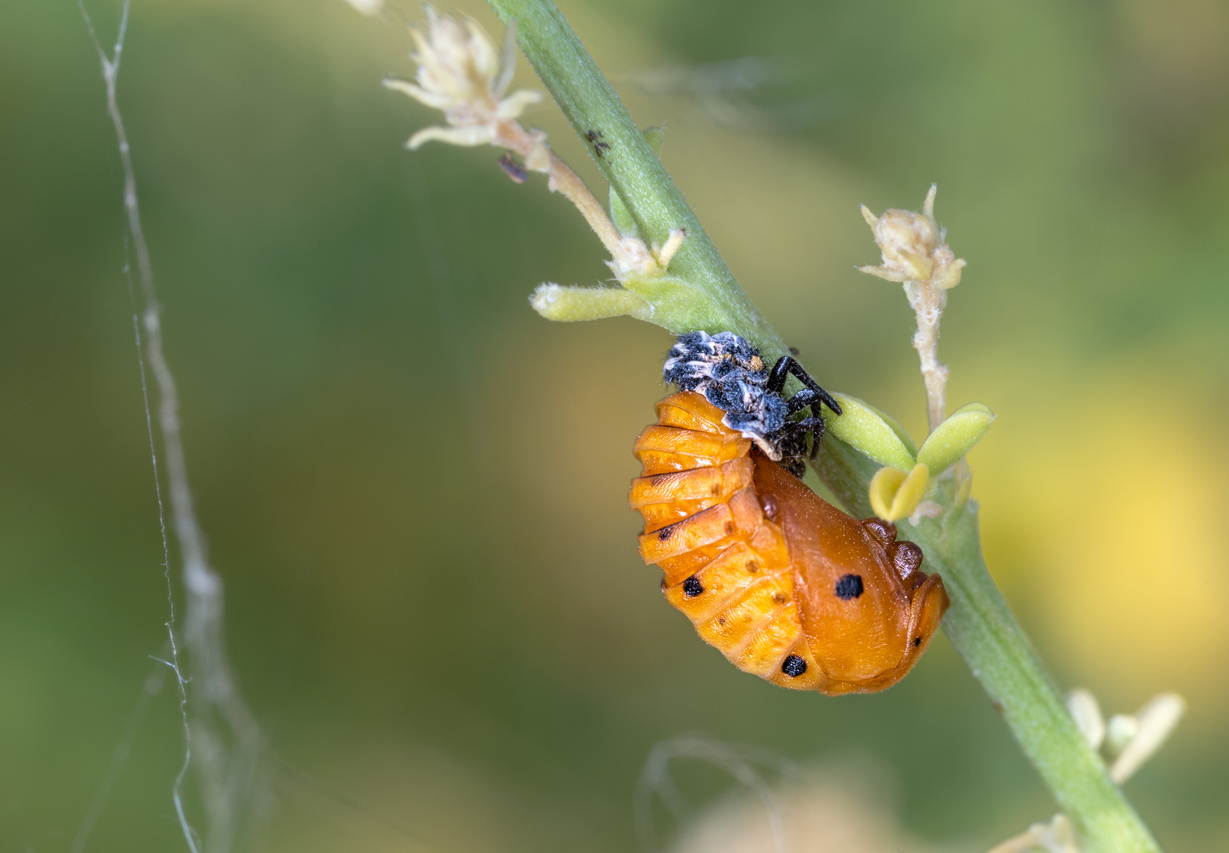
Stage Four: Adult
An adult ladybug can live anywhere from 3 months to 3 years. They still feed on aphids as they did in their larval stage and can lay up to 1,500 eggs within the first few weeks of life. Each winter, ladybugs go into hibernation and do not return until the following spring. This hibernation period is why ladybugs seem to reappear in droves at certain times of the year.
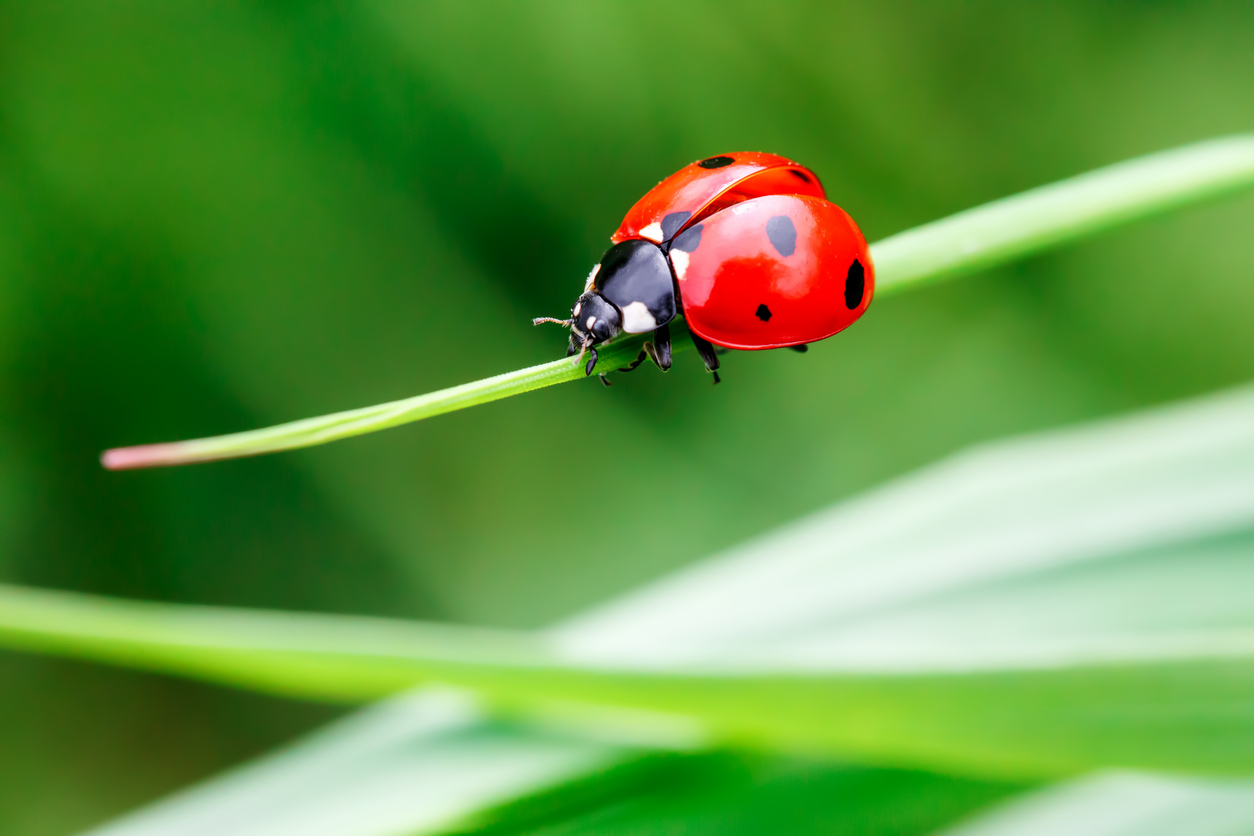
When Do Ladybugs Come Out?
Ladybugs move into homes when the temperatures outside begin to drop so they can stay warm and safe throughout their hibernation period. As winter begins, you may see some inside the house before they nestle into their hiding places.
When springtime comes and the air gets warmer, the ladybugs wake up. This awakening period can last weeks and is the time when most homeowners see an influx of ladybugs in their homes — either flying around or mingling in corners.
If it seems as though they reappear each year, it is due to a barely noticeable yellow secretion they release which then leaves a lingering scent around your home. When it is time for them to find a shelter for hibernation, they will follow that scent back to their cozy beds in your insulation. Cleaning with citrus oil and using citronella candles can help rid your home of this scent; however, the best method is to contact the experts.
Too Many Ladybugs to Handle?
You don’t have to dread the spring season and its influx of red and black house guests, nor do you have to wonder if they are asleep inside your home each winter. Contact Arrow Exterminators today if you’re looking to be rid of ladybugs this year and in the years to come.

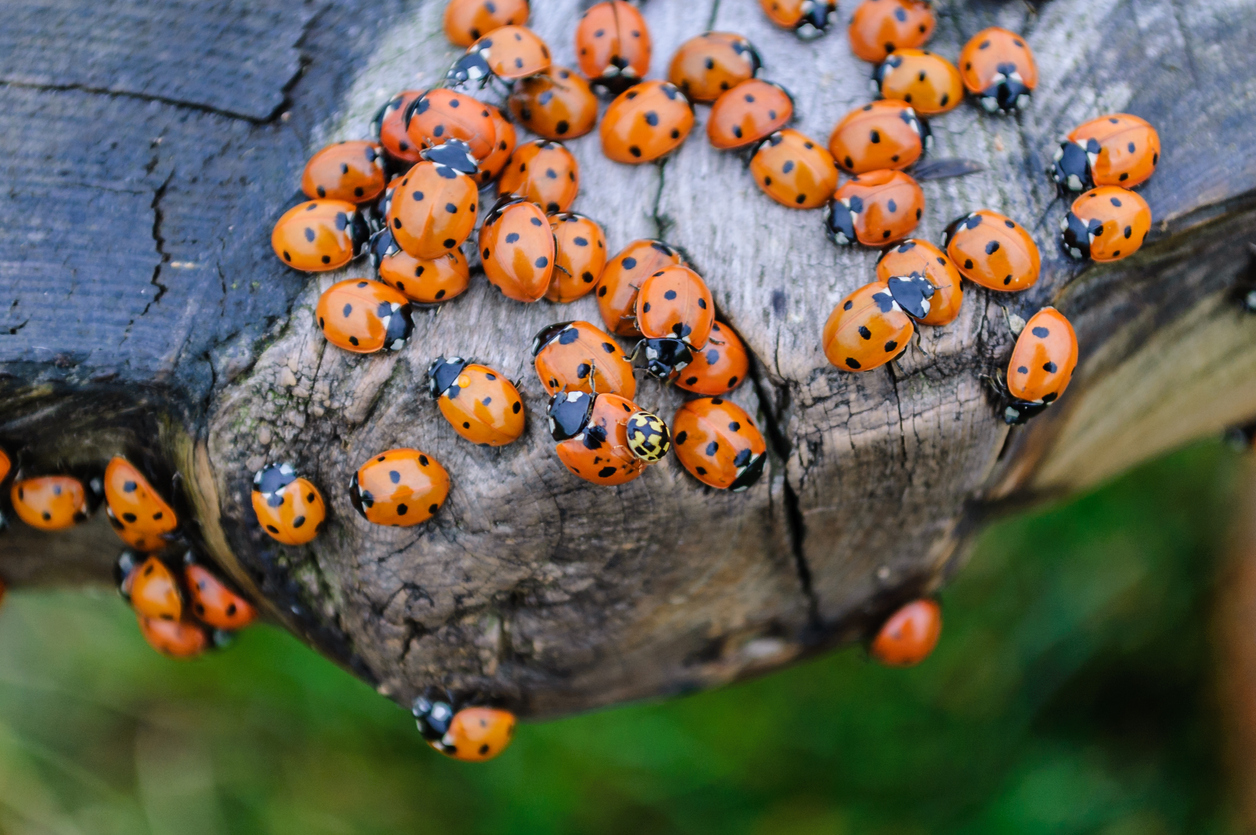




 YouTube
YouTube Facebook
Facebook Twitter
Twitter Instagram
Instagram